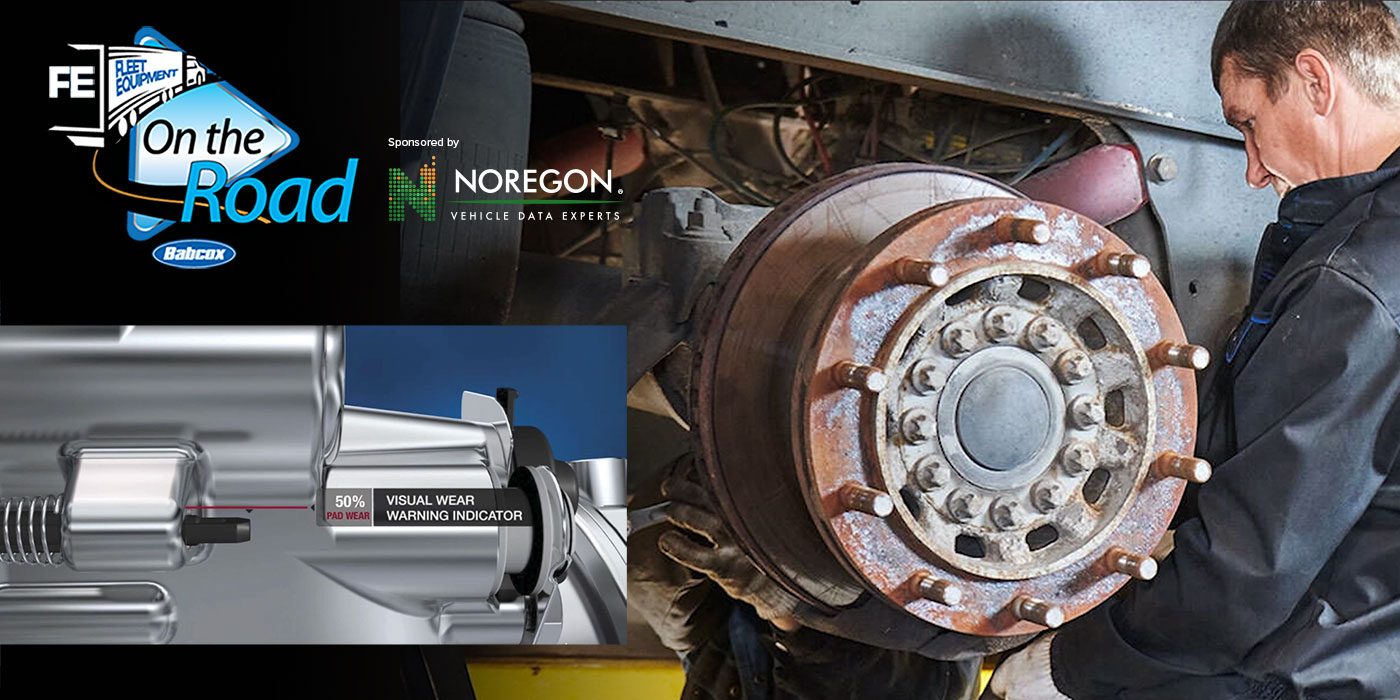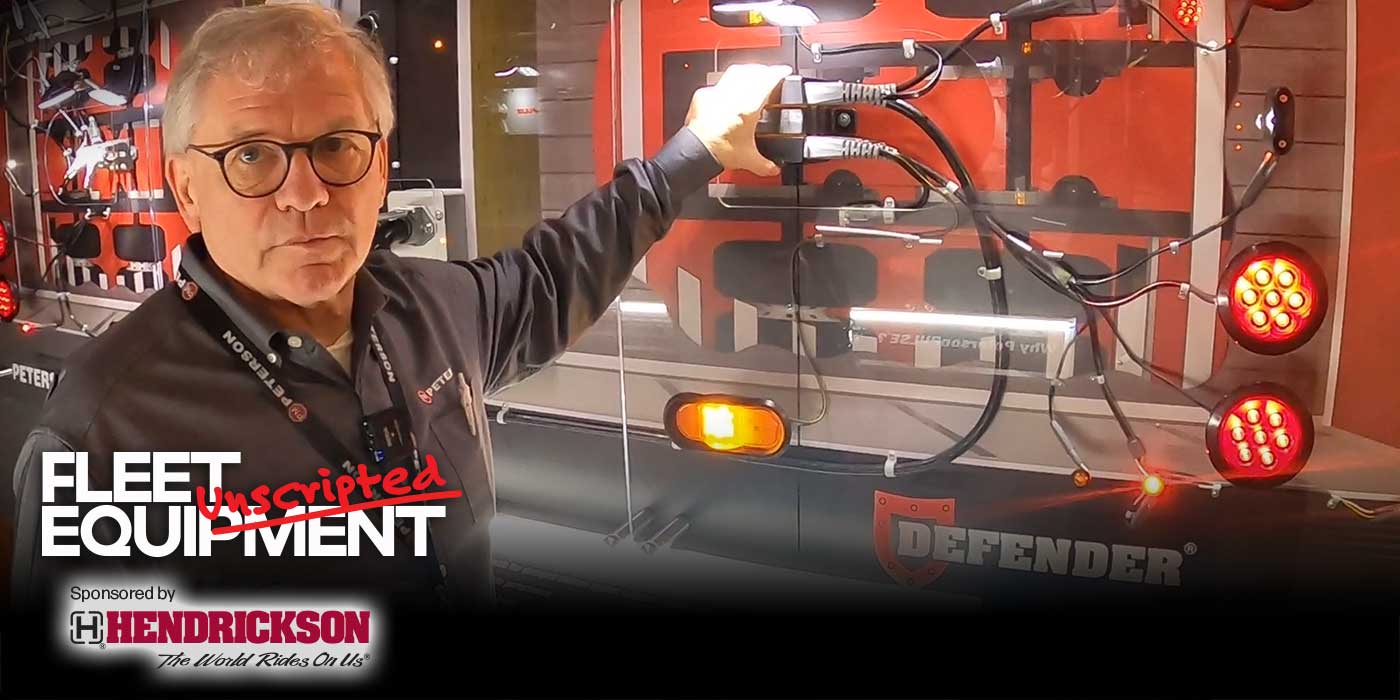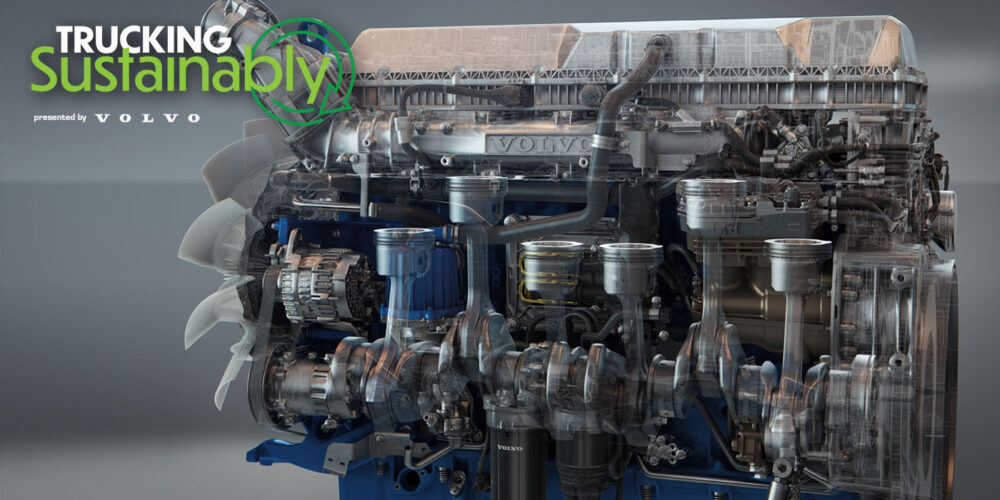Just as things may be going well in a business or fleet operation, there is always room for improvement and optimization. The metaphor “don’t fix what isn’t broken” isn’t a concept that really applies to this particular industry. Even when things are running smoothly, proactively seeking out ways to improve and prevent potential issues is crucial for long-term success. Utilizing trucks with downspeeding capabilities is a great place to start.
Downspeeding is a technique used in the trucking industry to improve fuel efficiency. It involves reducing the engine RPM (revolutions per minute) at a given speed, thus less fuel is consumed, leading to a reduction in fuel costs. It also generates less heat and noise and results in less wear and tear on the engine.
Understanding downspeeding options means you must understand how transmission gearing impacts your rear axle ratio selection. Downspeeding can be achieved in both direct drive and overdrive transmissions. When talking about transmission ratios, Direct Driver has a ratio of 1:1 where the transmission mates with the engine in top gear. Overdrive transmission ratios are 1: “something less than one.” In talking with Johan Agebrand, director of product marketing, Volvo Trucks North America, he gave the example of a 1: 0.75 or 1:0.74.
When it comes to application, most over-the-road, long-haul fleets that operate at a steady speed with mostly flat terrain will have Direct Drive transmissions, whereas Overdrive Transmissions are seen in more varied environments and in vocational applications. Important note! The selection all depends on your specific application and the choices could shift as powertrain technology evolves, as in the case of Volvo’s D13 turbo-compounding engine paired with a 13-speed Volvo I-Shift AMT that brings Overdrive downspeeding functionality to on-highway fuel efficiency, but we’ll have another video on that.
The takeaway is that your transmission selection will impact the rear axle ratio options–where the driveshaft is spinning faster than the engine RPMs to enable typical ratios of 1:2.15 to 1:2.46, again, depending on application.
The rear axle ratio is simply the number of teeth on ring gear divided by the number of teeth on pinion. For example a 2.16 ratio could have 41 teeth on the gear and 19 teeth on the pinion: 19/41 = 2.159 ratio. To make it all work, the transmission needs to be tuned to handle the engine speeds and an axle needs to be ready to accept it; faster ratios enable the engine to maintain the 200 HP needed at the wheel end despite a lower engine RPM. At its core, downspeeding is a function of the axle ratio, not axle configuration. A rear axle ratio of 2.64 – 4.11 is normal in the US trucking industry for overdrive setups.
All of these choices will be driven by your application demands. It’s worth discussing with your OEM of choice as it can lead to these benefits:
Increased fuel efficiency: By operating at a lower engine speed, downspeeding can help a vehicle use less fuel. This can result in significant cost savings for fleet operators, especially on long hauls where every mile matters.
Reduced emissions: Lower engine speeds can also result in reduced emissions of greenhouse gasses, such as carbon dioxide and nitrous oxide, which can help improve air quality and reduce the vehicle’s environmental impact. As sustainability continues to be at the forefront of industry concerns, more operators are turning their attention to downspeeding.
Increased engine life: Not only are you saving green and thinking green through the application of downspeeding, you’re also allowing your trucks to operate at lower speeds which puts less of a strain on the engine. In turn, this helps extend the component’s lifespan.
Improved performance: Downspeeding can also result in improved performance, as the engine may be able to deliver more torque at lower speeds, resulting in better acceleration and hill climbing ability.
Quieter operation: Lower engine speeds can also result in quieter operation, which can be beneficial in urban or residential areas where noise pollution is a concern.
Editor’s note: The article had unclear ratio information that has been updated and reviewed by technical experts.
Fleet Equipment’s On The Road is sponsored by Rockland Flooring. Subscribe to our newsletter to catch every episode as we dive into the best practices and servicing information to keep your trucks On The Road.













